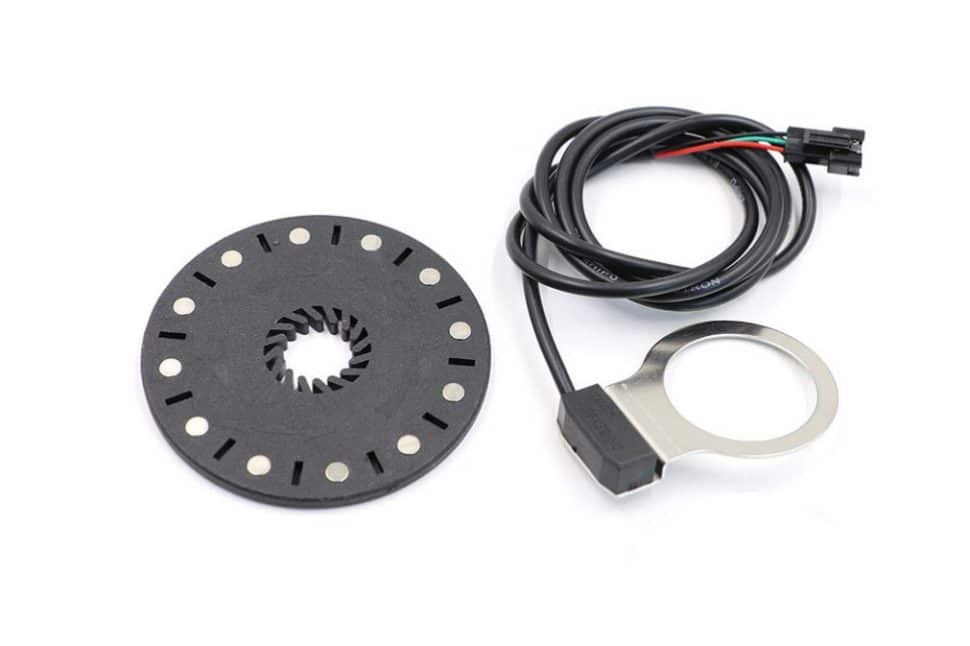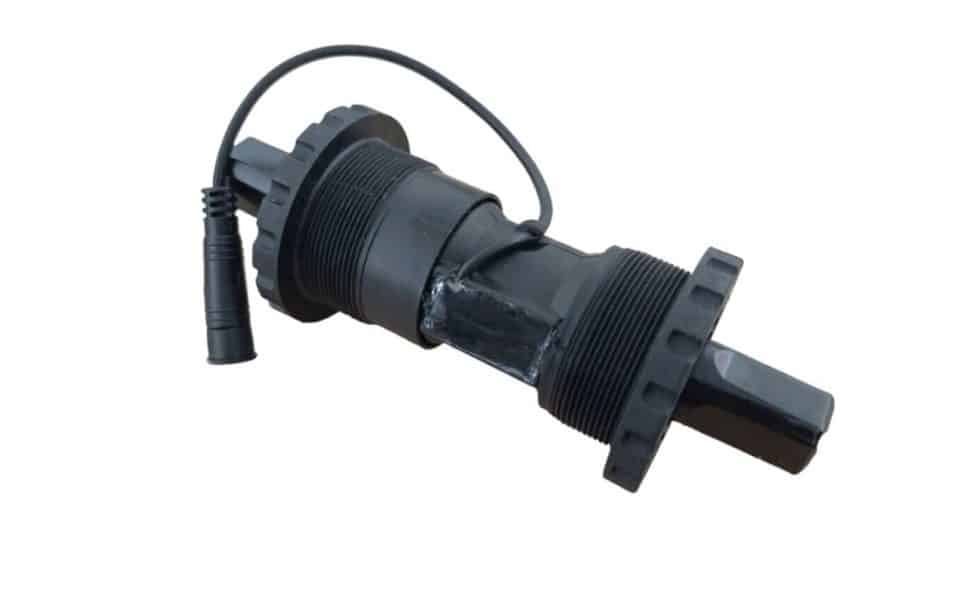Cadence sensor and torque sensor technologies have revolutionized the way we approach commuting and recreation, offering an eco-friendly alternative to traditional vehicles. As the e-bike industry continues to soar in popularity, riders are increasingly presented with advanced options such as these sensors. Understanding the differences between cadence and torque sensors is crucial for maximizing your e-biking experience. In this blog post, we delve deep into the world of ebike sensors, exploring how they operate and how they can impact your ride. By the end of this post, you will have gained invaluable insight into these sensor technologies and be well-equipped to make informed choices when selecting your next ebike.

Cadence Sensor: Keeping Pace with your Pedaling
At the core of the cadence sensor lies the measurement of the pedaling rate. Simply put, it monitors how fast the rider is pedaling. The cadence sensor typically tracks the number of rotations made by the crankset per minute. This sensor sends signals to the ebike’s controller unit to provide electric assistance proportional to the rider’s pedaling cadence. Riders will experience a consistent level of assistance as long as they maintain a steady pedaling speed. The ADO A20 Lite is one example of an E-bike that uses a cadence sensor. The cadence sensor is particularly well-suited for long rides and leisurely pedaling, offering a consistent level of assistance regardless of pedal pressure. Its user-friendly design and reliability make it an ideal choice for those seeking a straightforward and effortless e-biking experience.Furthermore, cadence sensors are known for their simplicity and durability, requiring minimal maintenance over time. This makes them an attractive option for riders who prioritize reliability and ease of use in their e-bike technology.

Torque Sensor: Responsive Power Delivery with Precision
In contrast, the torque sensor focuses on the amount of force applied while pedaling. It measures the pressure exerted on the pedals, determining the exact input a rider is giving. This means that the ebike’s motor can adjust its power output based on the force the rider is applying. By delivering power proportionate to the rider’s input, the torque sensor provides a smooth and intuitive riding experience. It delivers a natural feel, mimicking the sensation of traditional cycling while effortlessly amplifying the rider’s efforts when needed. One example of an ebike that uses a torque sensor is the ADO A20 Air Torque sensors are especially favored by riders seeking a more responsive and dynamic riding experience. The seamless power delivery ensures an enriched connection between the rider and the bike, offering a heightened sense of control and performance, ultimately enhancing the overall e-biking experience.
Choosing Wisely: Selecting the Ideal Sensor for Your Riding Style
The decision between a cadence sensor and a torque sensor depends largely on your riding preferences and intended usage. If you value consistent assistance and enjoy leisurely cycling, a cadence sensor might be the perfect fit for your needs. Conversely, if you desire a responsive and dynamic riding experience with natural power delivery, a torque sensor is likely to be the ideal choice. It caters to riders seeking a seamless integration of electric assistance, delivering power precisely when it’s needed. Both sensor types have their own unique advantages, and ultimately, the best choice hinges on aligning the sensor technology with your personal riding style and preferences.
Conclusion: Elevating Your Riding Experience: Embracing the Distinct Benefits of Ebike Sensors
In conclusion, the distinct characteristics of cadence and torque sensors contribute to the diverse e-biking experiences they offer. While the cadence sensor provides steady assistance throughout the ride, the torque sensor elevates rider control and responsiveness. Understanding the disparities between these sensor types empowers riders to make informed choices that align with their individual riding styles. Embracing sensor technology propels e-biking into a realm of personalized, integrated riding experiences. Both sensors present unique benefits, culminating in a revolutionary e-biking experience that caters to the diverse needs and preferences of riders.

I’m a casual cyclist and I prefer the cadence sensors for a more consistent ride.
Hi Evelyn, thank you for sharing your preference for cadence sensors! We’re glad to hear that you’ve found it suitable for your casual cycling needs. For a more consistent ride, cadence sensors are indeed a great choice. If you have any questions or would like to learn more about our ebikes, feel free to contact us at [email protected] or call us at +60 3-7890 3042.
The way it’s explained is quite clear. Now I think I know which one to choose for my upcoming cycling tour.
That’s great to hear, Kim Tan! We’re glad the explanation helped you make an informed decision for your cycling tour. If you have any more questions or need further clarification, please feel free to reach out to us at [email protected] or call us at +60 3-7890 3042.
It’s interesting to see how these sensors can affect the riding experience. Been wanting to upgrade my e-bike for a while.
Hi Daniel, glad you found the blog post interesting! Upgrading your e-bike can be a great way to enhance your riding experience. If you’re looking for more information or have questions about cadence sensors or torque sensors, feel free to contact us at [email protected] or call us at +60 3-7890 3042. We’d be happy to assist you in choosing the right sensors for your needs.